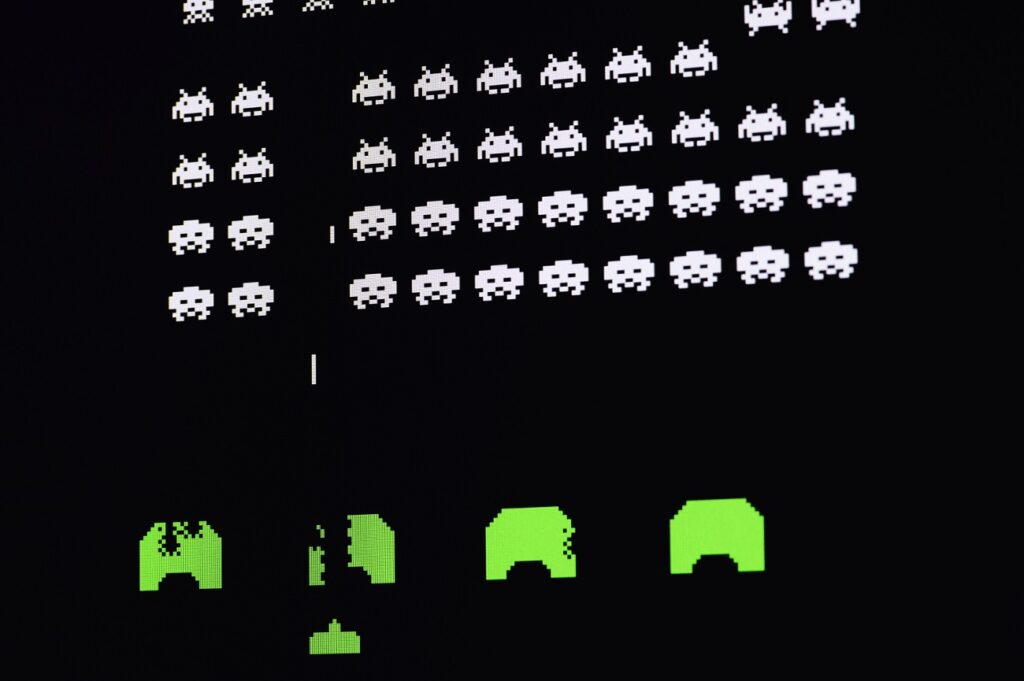At Academics’ Corner we feature the best HR researchers that tell you what they’ve found and what you need to do differently on the back of the research. Here, Nicole Jackson explains how gamification has the potential to revolutionise HR processes – if it’s used correctly.
In the 1980s and 1990s, playing games on computers appeared to be just a fad, just another means of entertainment to capture the interests of teenagers and young adults.
Imagine an Atari or a PlayStation and one thinks of a game as a tool for distraction – not a tool that can provide the keys toward answering some of the most complex HR issues today.
While the concept of games in business is not necessarily new, being traced back by some to early 20th marketing and brand identification strategies in business, games have only until recently grown in popularity as a means to address key issues around key HR functions such as hiring, organisational training, and retention strategies.
Learning capabilities and transference are key challenges facing organisations today.
What is ‘Multipoly?’
Prominent examples include PricewaterhouseCoopers’ use of a game called Multipoly to assess prospective candidates’ interest in the firm’s positions during the hiring process to Walmart’s use of gamification software to reduce accident rates as part of its safety training efforts.
Both companies report positive results in the use of gaming technologies – including an estimated 54% reduction in accident rates for some Walmart distribution centers as a result of its gamified safety training program.
While games continue to be of interest, their need reflects a broader trend to measure competencies and interest in work, both of which underpin issues around engagement and realistic application.
Engagement, or the extent to which individuals emotionally and relationally identify with their work, remains a pervasive problem for organisations today.
With a recent Gallup survey from 2014 estimating that roughly 31% of workers are engaged with the remainder either being disengaged or actively disengaged, the findings are indeed troubling and have been related to greater turnover, retention, and productivity costs for companies.
The connection to gamification has been largely attributed to the millennial shift around what is valued in learning behavior. Media reports that millennials value more immediate gratification in what they want to know about themselves and prospective companies.
While games continue to be of interest, their need reflects a broader trend to measure competencies and interest in work.
Yet, this explanation only scratches the surface as to why gamification is on the rise. A secondary issue relates to a thornier problem of learning capability and transference.
The three-fold problem of velocity, volatility, volume
Learning capabilities and transference are key challenges facing organisations today, dealing with a three-fold problem – velocity, volatility, and volume in information and decision-making control.
With greater shifts calling for a knowledge and service-driven economy, which require the capacity to recognize, assimilate, and create value from information, what is often times referred to in management theory as a company’s absorptive capacity, HR professionals must hire, but also grow talent that can be tested for learning capabilities.
Yet, in traditional HR practices, the ability to build for such capacities is compromised by authenticity – or, put simply, ‘how do we know what we are getting’?
This is perhaps why the concept of gamification becomes integral to HR practice.
Is it time we moved away from historical performance patterns?
Much of what affects HR processes is based on subjective assessments or appraisals, often driven by historical performance patterns, which influence talent management and identification.
Beginning with the hiring process, subjectivity pervades how knowledge, skills, and abilities are identified, sourced, and then appraised based on the opinions of hiring managers.
Being too harsh or lenient in appraisals can render any talent management and identification process useless.
These dynamics are further compounded by subjective references given by job candidates on applications or subjective appraisals given by supervisors of their employees during performance and promotion reviews.
If the purpose of identifying and managing talent is to become an effective form of gatekeeping, intended to grow and retain capabilities, by developing transparency and trust, then an important consideration is whether objective measures can effectively mitigate forms of bias.
Current trends show that ‘traditional measures’ to assess prospective and existing employee capabilities need strong reconsideration.
Specifically, in order to identify talent both internally and externally, HR professionals must be able to:
- Build better psycho-metric assessments
- Create continuous areas for feedback
- Address skills gaps pro-actively with multiple feedback points including benchmarking against external marketplace and industry trends.
The success with these solutions lies in how HR professionals deal with forms of bias, which can lead to overestimation or underestimation effects – and specific to prospective or current employees’ knowledge, skills, or abilities.
Being too harsh or lenient in appraisals can render any talent management and identification process useless.
This is where gamification, in real-time learning appraisal, can provide perhaps the greatest answers.
Interested in learning more? Read Avoiding “game over”: incorporating gamification successfully into recruitment and assessment.






